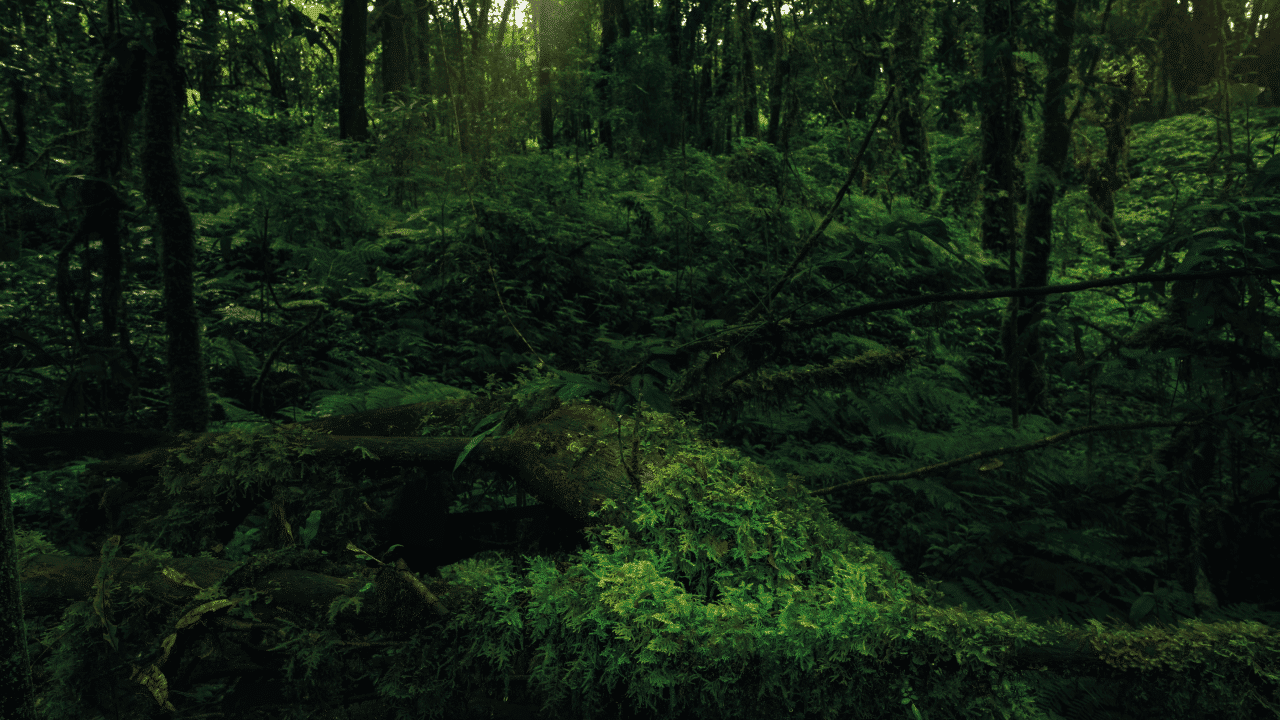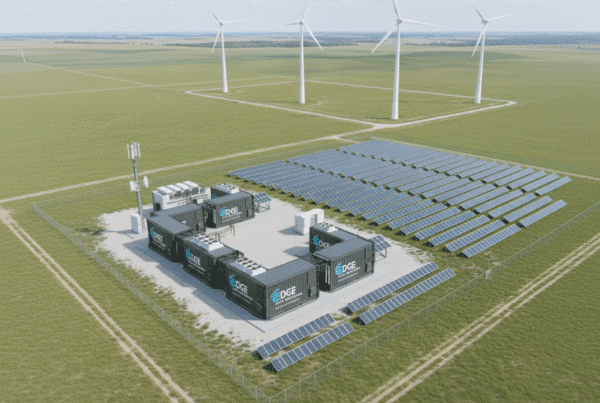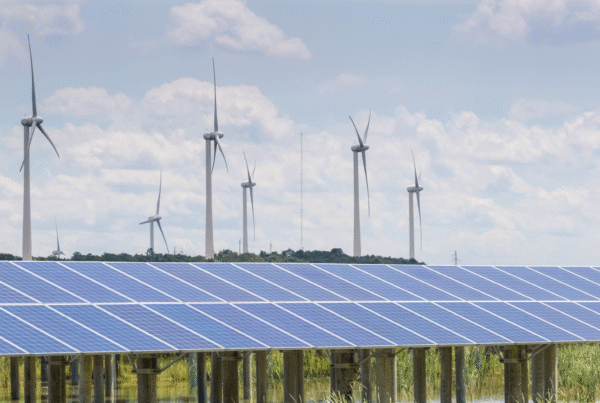
Biodiversity is the diversity of life, the variety of living things that exist on the planet and the relationships they establish with the environment around them and with each other. This is the result of millions of years of evolution.
Renewable energy encompasses a variety of sources that, when properly managed, can coexist harmoniously with biodiversity.
Solar energy, which harnesses the sun’s radiation to generate electricity and heat, is one of the most accessible and abundant sources of energy. Solar panel installations can have a positive impact on biodiversity if properly designed and managed. For example, areas occupied by PV plants can be recolonised by local plants and animals due to low human activity. However, it is important to consider that the construction of large solar installations can alter natural habitats and displace species, so planning and siting are crucial.
Using wind to move wind turbines to produce electricity is a practice that has grown significantly in recent decades. Wind farms, although a clean source of energy, can affect birds and bats, which can collide with the turbines. However, with proper planning and the implementation of mitigation technologies, these impacts can be significantly reduced, making wind energy a viable and biodiversity-friendly option.
Hydropower generates electricity from the movement of water in rivers and reservoirs. Large dams can have a significant impact on aquatic ecosystems, altering water flows and affecting species that depend on these habitats. However, small hydropower installations can have less impact and be more compatible with biodiversity conservation, offering a more sustainable alternative.
Using organic matter to produce energy is a practice that contributes to waste management and emissions reduction. However, it is essential that the use of biomass is managed sustainably to avoid deforestation and habitat loss. When done correctly, this energy source can be a valuable tool for biodiversity conservation.
Harnessing the Earth’s internal heat to generate electricity and heat is a constant and sustainable source of energy. Geothermal energy has a relatively low impact on biodiversity, although the construction of geothermal plants can affect local ecosystems if not properly planned.
Generating energy from tides and waves is a technology still under development, but with great potential in coastal regions. These energy sources can have impacts on marine ecosystems, but with proper research and planning, it is possible to minimise these effects and harness their potential in a sustainable manner.
Diversification of energy sources not only helps to reduce greenhouse gas emissions, but can also have direct benefits for biodiversity. By reducing pressure on ecosystems and promoting the sustainable use of natural resources, renewable energies can contribute to biodiversity conservation. In addition, some renewable energy installations, such as solar parks, can become wildlife refuges if properly managed.
But the rapid expansion of renewable energy can endanger species and habitats if it is not carefully planned. It is essential to conduct environmental impact assessments and develop mitigation strategies to protect biodiversity. However, integrating biodiversity conservation into the planning of renewable energy projects can create positive synergies. For example, restoring degraded habitats and creating ecological corridors can enhance biodiversity while clean energy projects are being developed.
The transition to renewable energy is crucial for a sustainable future, but it must be accompanied by efforts to protect and promote biodiversity. By carefully considering environmental impacts and adopting sustainable practices, we can ensure that the energy revolution also benefits wildlife and ecosystems.
——————————————–
Find out more news about the renewable energy sector on the Univergy Solar blog.







